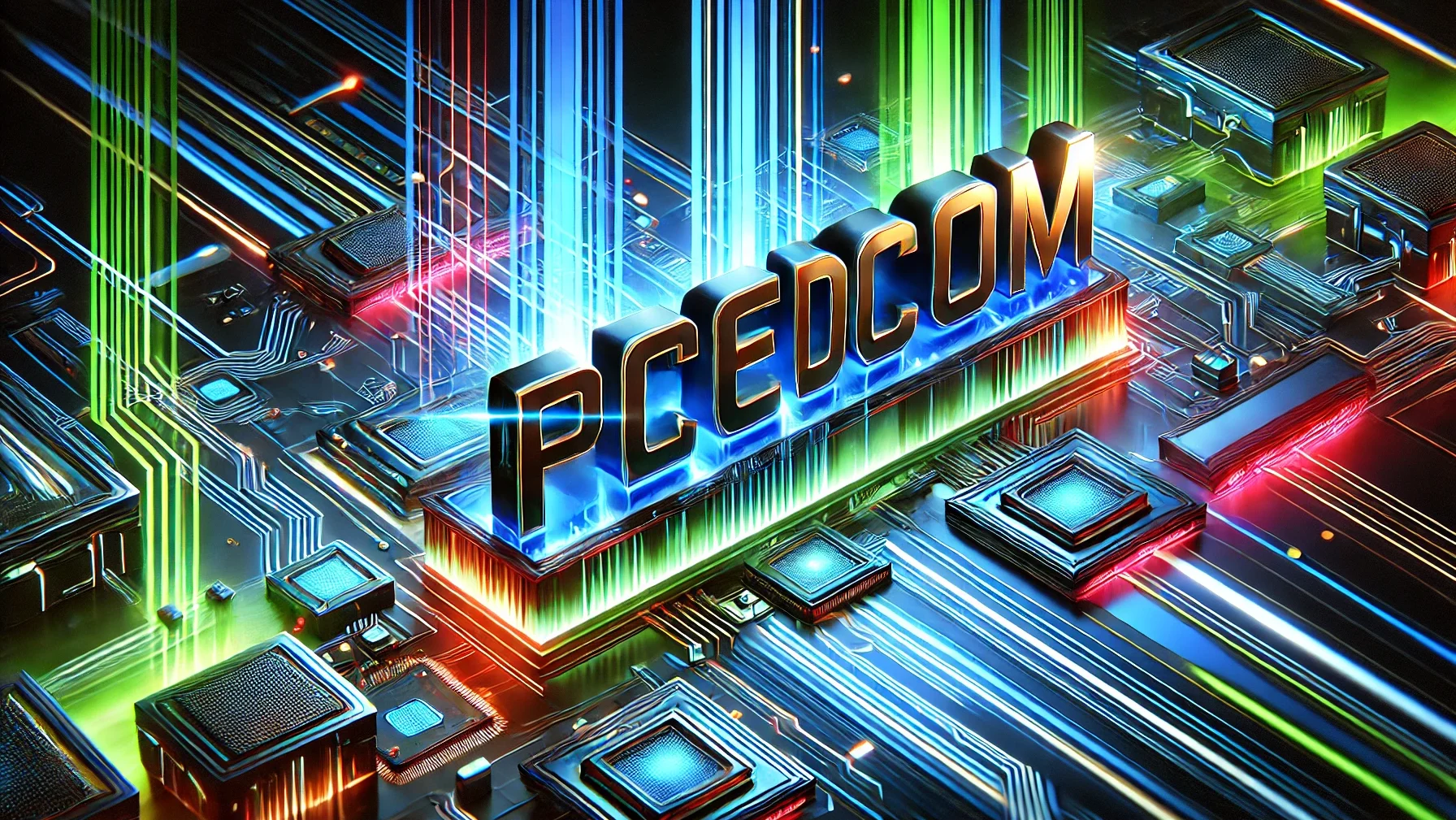Introduction
In an age where digital security is of paramount importance, traditional authentication methods are increasingly proving inadequate. With the rise of cyber threats and data breaches, the need for robust and secure authentication systems has never been greater. Enter pcredcom.com, a groundbreaking solution that is transforming the landscape of digital authentication. This article delves into what PCredcom is, how it works, and the potential benefits and challenges it brings to the world of cybersecurity.
What is PCredcom?
PCredcom stands for Personal Credential Communication. It is an advanced authentication framework designed to enhance security and streamline the process of verifying identities in the digital realm. Unlike conventional methods such as passwords and PINs, PCredcom leverages a combination of biometric data, device-based authentication, and cryptographic techniques to offer a more secure and user-friendly approach.
The Technology Behind PCredcom
PCredcom integrates several cutting-edge technologies to provide a seamless authentication experience:
- Biometric Verification: At the heart of PCredcom is its use of biometric data. This can include fingerprint recognition, facial recognition, or retina scanning. Biometric data provides a unique identifier that is difficult to replicate, making it a robust form of authentication.
- Cryptographic Techniques: PCredcom employs advanced cryptographic algorithms to ensure that authentication data is transmitted securely. This includes encryption methods that protect data from unauthorized access and tampering.
- Device-Based Authentication: PCredcom uses the unique characteristics of devices, such as hardware identifiers and secure enclaves, to add an additional layer of security. This ensures that authentication is tied to specific devices, further enhancing security.
- Multi-Factor Authentication (MFA): Combining multiple authentication methods, PCredcom supports MFA to provide layered security. This could involve a combination of biometric verification, device-based authentication, and cryptographic methods.
How PCredcom Works
The PCredcom authentication process is designed to be both secure and user-friendly. Here’s a step-by-step overview:
- Enrollment: Users first enroll their biometric data and device information into the PCredcom system. This involves capturing biometric identifiers and linking them to a specific device.
- Authentication Request: When a user attempts to access a service or system, PCredcom verifies their identity through a series of checks. This includes scanning biometric data, validating device information, and decrypting authentication tokens.
- Verification: The system cross-references the provided data with the stored information. If all checks are successful, access is granted. If any discrepancies are detected, access is denied.
- Continuous Monitoring: PCredcom continuously monitors authentication attempts and updates security protocols as needed. This ensures ongoing protection against emerging threats.
Benefits of PCredcom
PCredcom offers several advantages over traditional authentication methods:
- Enhanced Security: By using biometric data and cryptographic techniques, PCredcom significantly reduces the risk of unauthorized access. The combination of multiple factors makes it much harder for attackers to compromise the system.
- User Convenience: Traditional authentication methods, such as passwords, can be cumbersome and prone to user error. PCredcom simplifies the process by leveraging biometric verification, which is both quick and user-friendly.
- Reduced Fraud: With its advanced encryption and device-based authentication, PCredcom helps prevent identity theft and fraud. This is particularly important in sectors where sensitive data is handled, such as finance and healthcare.
- Scalability: PCredcom’s framework is designed to be scalable, making it suitable for a wide range of applications, from personal devices to enterprise systems. Its adaptability ensures that it can meet the needs of various industries.
Challenges and Considerations
Despite its many benefits, PCredcom is not without challenges:
- Privacy Concerns: The collection and storage of biometric data raise significant privacy issues. Users must be assured that their data is handled securely and with their consent.
- Implementation Costs: Deploying PCredcom can be costly, especially for organizations that need to upgrade their infrastructure to support the new system. This can be a barrier for smaller enterprises.
- Technical Complexity: The integration of biometric verification and cryptographic methods can be complex. Organizations must ensure they have the technical expertise to implement and maintain the system effectively.
- Vulnerability to New Threats: As technology evolves, so do the tactics of cybercriminals. PCredcom must continuously adapt to address new security threats and vulnerabilities.
Future of PCredcom
Looking ahead, PCredcom is poised to play a significant role in the evolution of digital authentication. As technology continues to advance, the framework will likely incorporate even more sophisticated methods of verification, such as artificial intelligence and machine learning. These advancements will further enhance its security and usability, making it an integral part of the future of digital identity management.
Conclusion
PCredcom represents a significant leap forward in digital authentication, offering a more secure and user-friendly alternative to traditional methods. By combining biometric data, cryptographic techniques, and device-based authentication, it addresses many of the shortcomings of conventional systems. However, it also faces challenges, including privacy concerns and implementation costs. As technology continues to evolve, PCredcom will undoubtedly play a crucial role in shaping the future of digital security.

Pingback: Leading Fertilizer Manufacturer in China - Tech So Hard
Tech to Force
September 11, 2024 at 1:12 pm
Tech to Force I appreciate you sharing this blog post. Thanks Again. Cool.